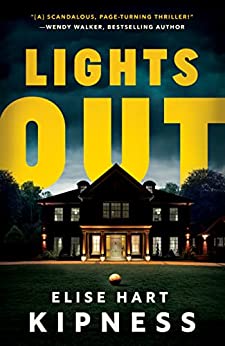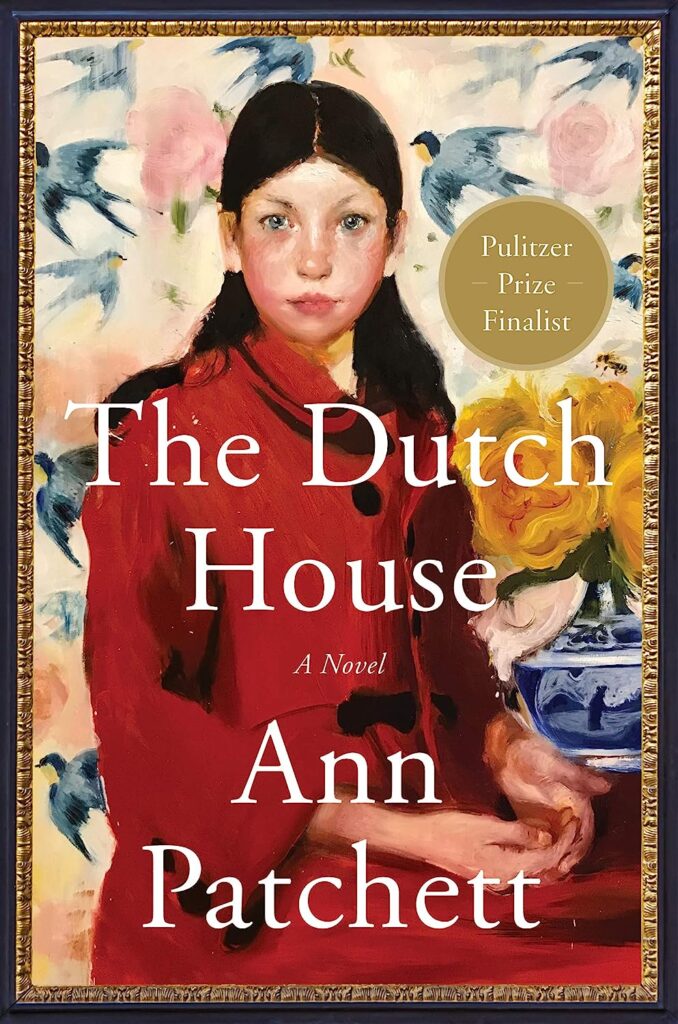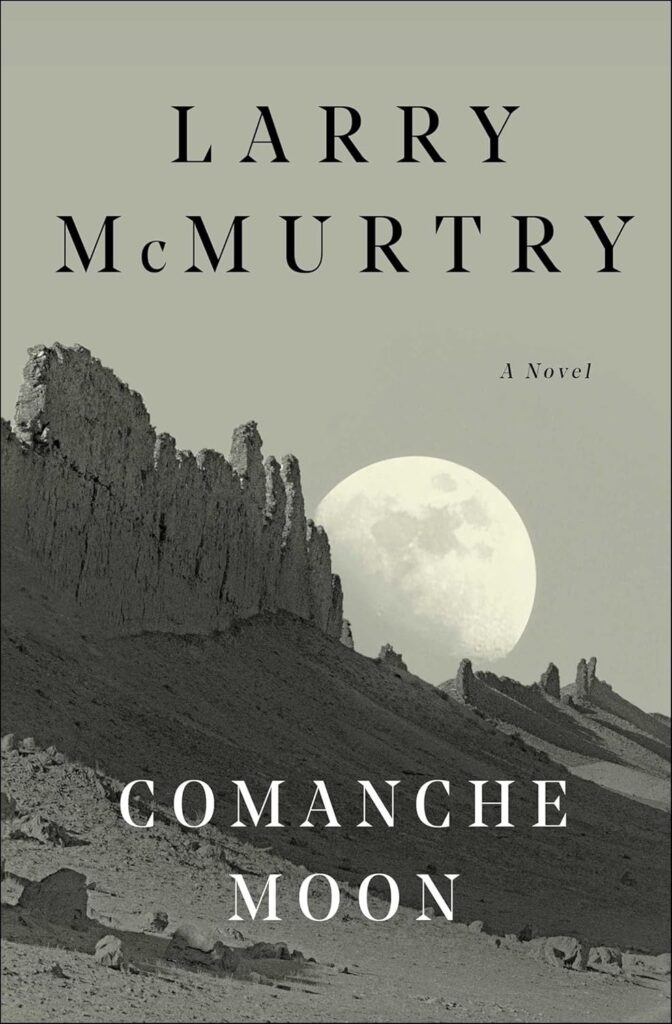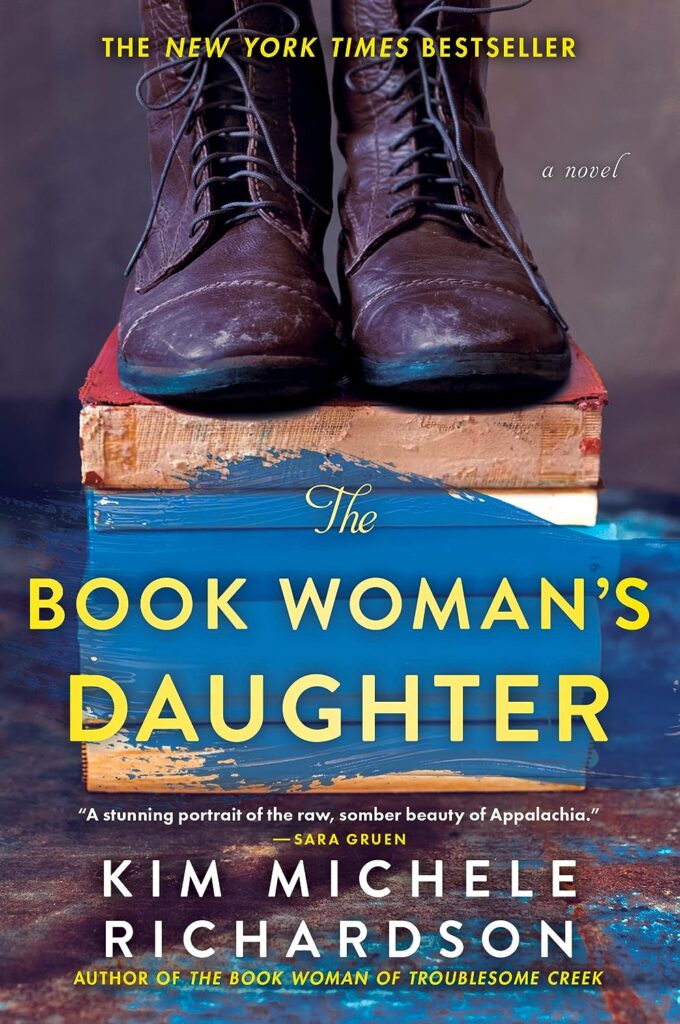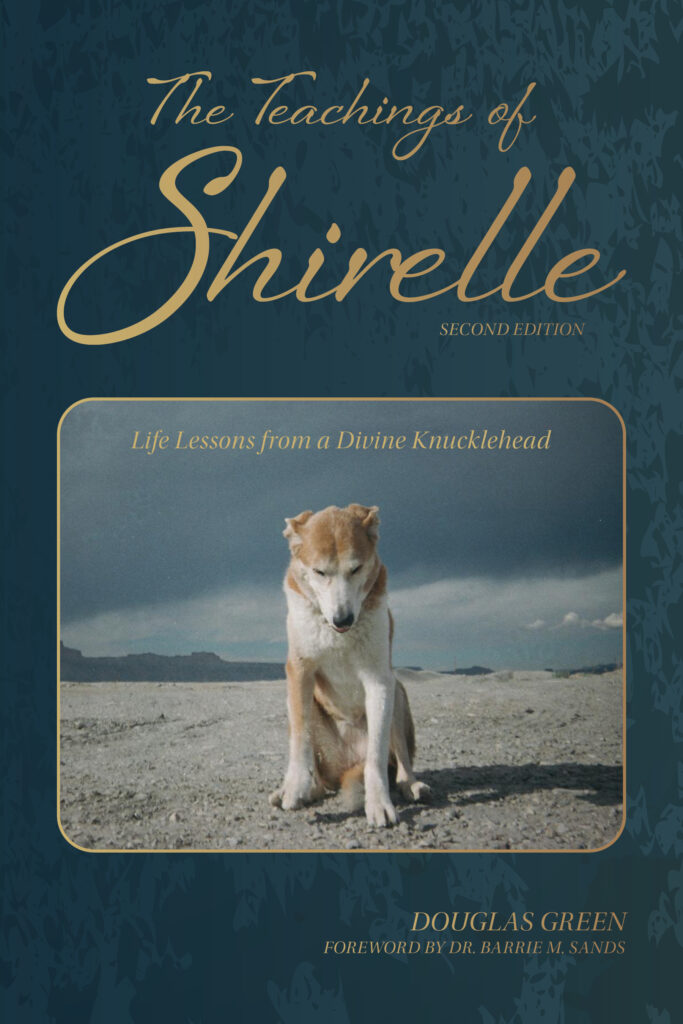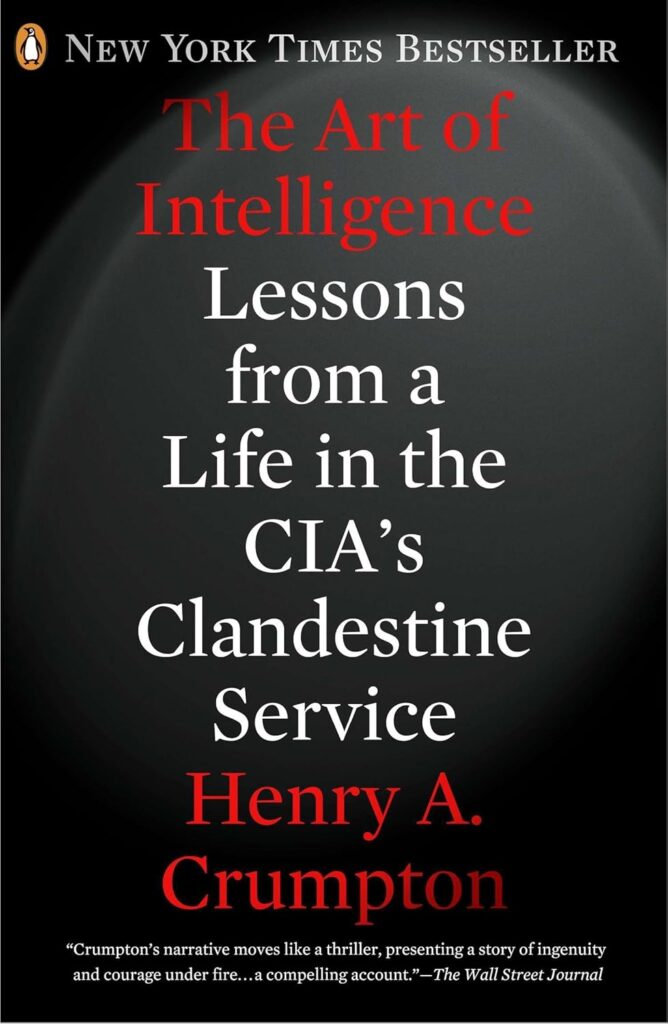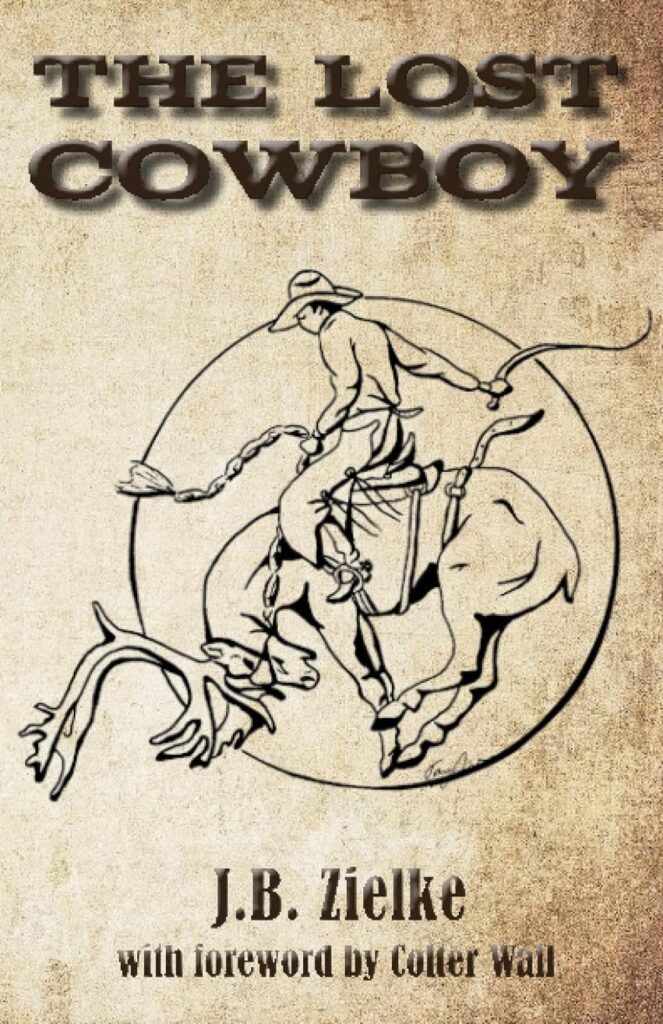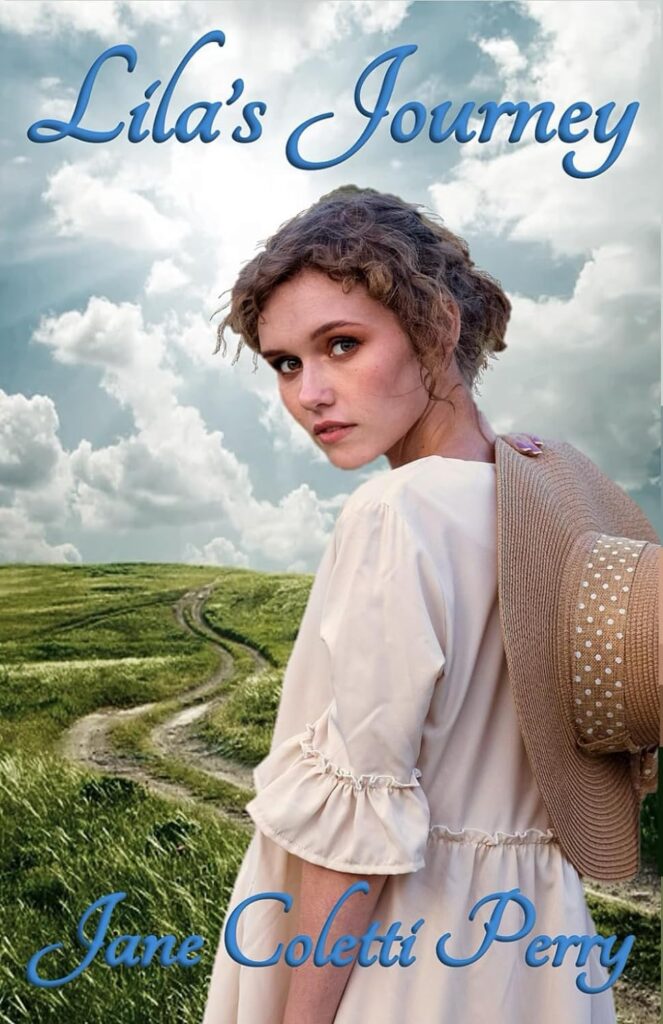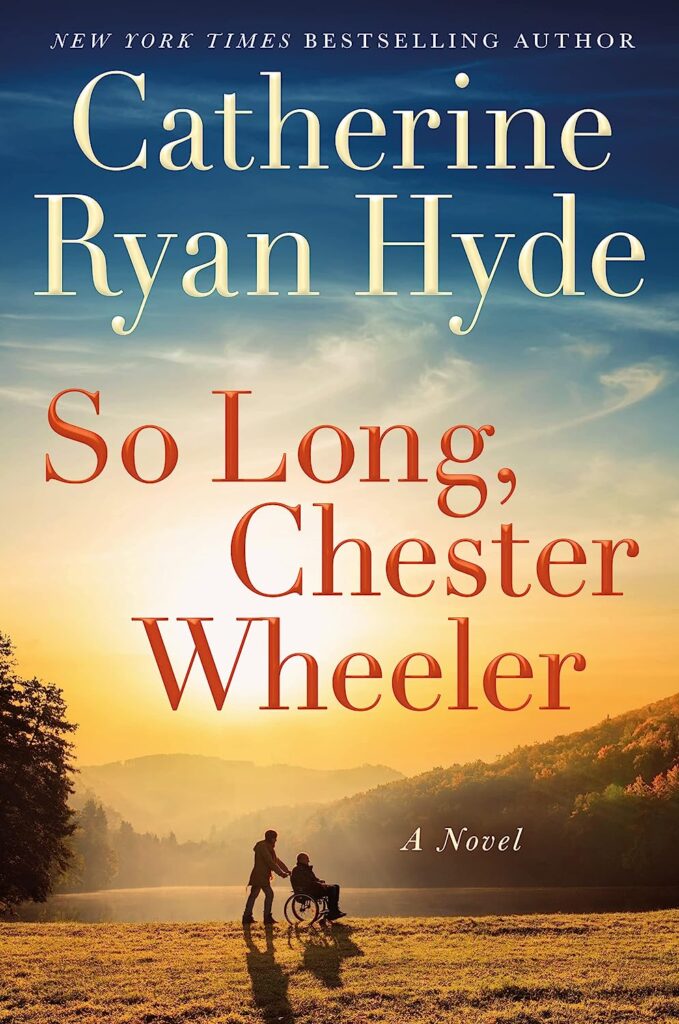The Sea Runners, a novel by Ivan Doig (1939 – 2015), is yet another excellent story told by an exceptional author. The story begins in 1853 in Russian-ruled New Archangel, which today is an independent city within Sitka, Alaska.
Four men, indentured Swedish servants, plan an escape in a stolen Tlingit canoe from a Russian Alaska work camp. Melander, the mastermind behind the escape, and Karlson, Wennberg and Braff gather maps and smuggle provisions.
The canoe, about twenty feet long by three feet wide, is a well-built craft, but small for the grueling journey ahead. Their destination is the Port of Astoria, Oregon, where they can start life anew as free men. They escape Christmas Eve while their captors celebrate the holiday.
As their harrowing 1,000 mile journey unfolds, the men suffer rough seas, freezing cold winds, sore arms and blistered hands from their constant rowing. At night they beach the canoe, make a fire, eat what scarce provisions they brought, then later what they gather along the beach. They encounter hostile Tlingit Indians, but their biggest struggles are mere survival, overcoming sea-sickness and fatigue, plus harboring doubt and distrust of one another. They long for a roof over their head, a square meal, and clean clothes, but they’re determined to keep on keeping on.
The Sea Runners is based on a true story. Ivan Doig was a masterful storyteller and the struggle with sea, wind, and the blending of different personalities are exquisitely portrayed in this novel. The rugged Pacific coast is vividly illustrated and the men’s struggle for survival starkly realistic. My husband and I crossed the Pacific on a forty-foot sailboat, and while it had its challenges, it was nothing but smooth sailing compared to what these men endured.



